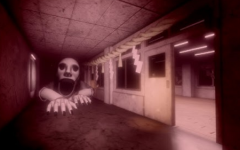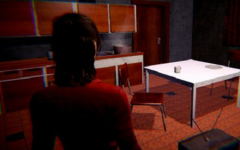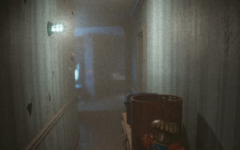Play Japanese Horror Games Online
Japanese Horror Games represent a genre defined by quiet tension, symbolic storytelling, and a focus on psychological discomfort. Rather than relying on fast action or constant fear, these games build their experience slowly, allowing unease to grow over time. The horror is not only what is seen, but what is suggested — a shadow at the end of a hallway, a whisper with no source, a room that seems slightly different than before. The experience becomes internal, drawing on the player’s sense of vulnerability and uncertainty.
Atmosphere Over Action
A key aspect of Japanese Horror Games is their commitment to mood. These titles rarely hand the player weapons or tools to fight back. Instead, they place the player in unfamiliar or unsettling spaces and allow the fear to emerge from exploration. The environments are often dimly lit and sparsely populated, filled with subtle environmental cues that suggest something is wrong. Sound is used minimally and effectively, with ambient noises, distant footsteps, and the absence of music often doing more than traditional horror cues.
Symbolism and Cultural Influence
The genre draws heavily from traditional Japanese beliefs, using folklore, rituals, and ideas about the spirit world as its foundation. Instead of creating monsters for shock value, the horror often stems from unresolved emotions, spiritual imbalance, or ancestral curses. These themes are often represented through symbolic objects, layered spaces, and character behaviors. As a result, the fear presented in these games is often more existential — not what might kill you, but what might never leave you.
Exploration, Interpretation, and Fragmented Stories
Narratives in Japanese Horror Games are typically non-linear, delivered through small details — a torn photograph, a journal entry, or the layout of a home. Players are rarely given direct exposition. Instead, they are asked to uncover meaning through observation and inference. Much of the horror arises not from knowing too much, but from understanding just enough to feel unsettled. Players are participants in piecing together events rather than passive recipients of a scripted storyline.
Recurring Elements in Japanese Horror Games:
- Abandoned or decaying environments with personal history
- Ghosts or spirits rooted in unresolved conflict
- Limited player control and slower movement speed
- Symbolic or unexplained visuals
- Soundscapes focused on silence, breath, and environmental noise
- Themes of memory, punishment, and isolation
Japanese Horror Games create space for players to reflect and absorb the fear rather than react to it. They turn everyday places into unfamiliar territory and ask players to question what they see, hear, and remember. Through minimalism and restraint, they create horror that lingers — not because of what was shown, but because of what remains hidden.





























































































































